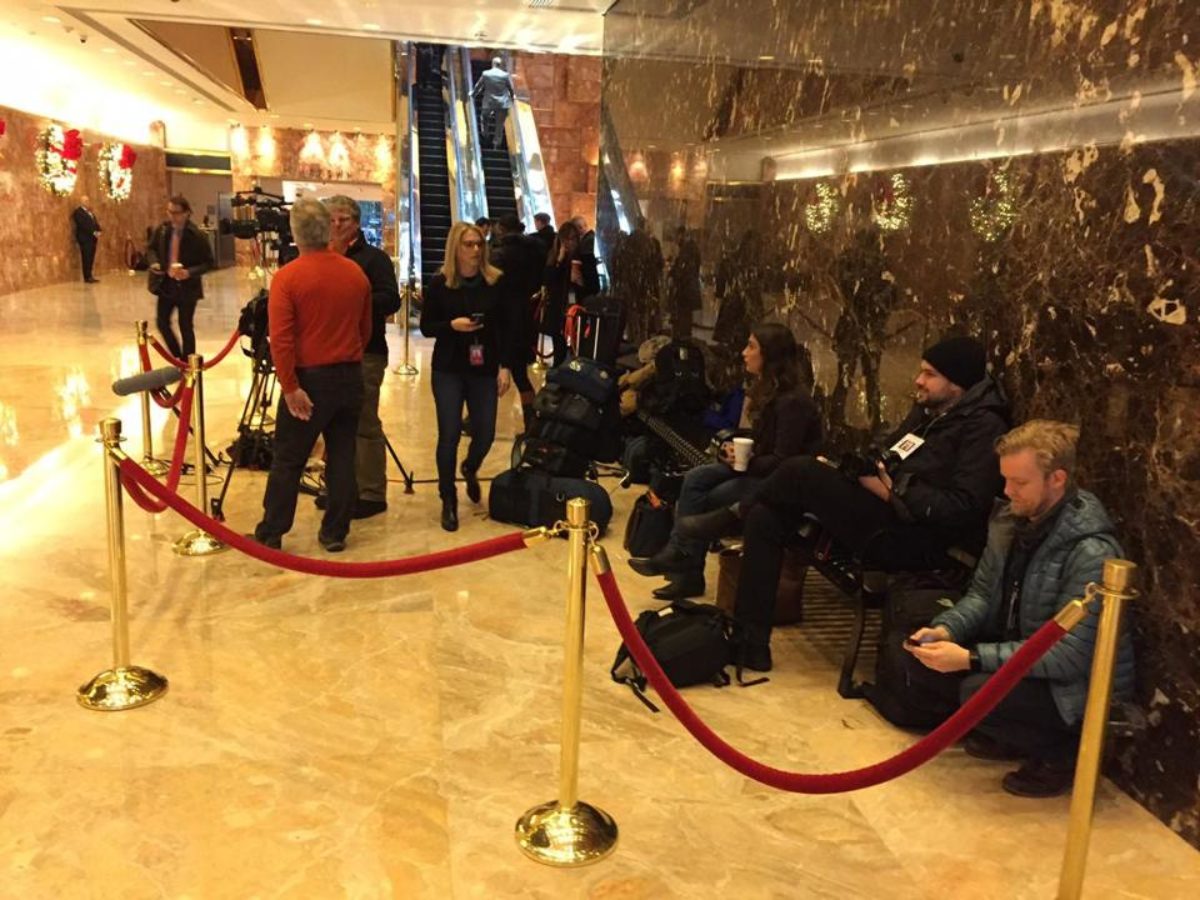In the Ideas section of the Boston Globe, Jerold Kayden, Frank Backus Williams Professor of Urban Planning and Design at the Harvard University Graduate School of Design, examines the private management of public space through a particular symbol: a metal bench located inside Trump Tower’s public atrium.
The bench was born of a 1979 agreement between New York City and Trump, Kayden notes, which allowed the Tower to occupy 200,000 square feet beyond zoning restrictions in exchange for including certain “public” amenities as part of the site plan. Kayden uses the bench—an amenity whose existence has long been a point of contention between Trump and the city, and now a favorite spot of journalists covering the new administration—to illustrate a decades-long shift in American cities of outsourcing the provision of public infrastructure to private entities.
“The public atrium in the Trump Tower became famous worldwide at the moment Donald Trump descended one of its escalators to announce his candidacy,” Kayden writes. “Now, the little bench that could is serving the public interest in ways never imagined by those who sketched it on the plan so many years ago.”
Read Kayden’s full column via the Boston Globe website.
